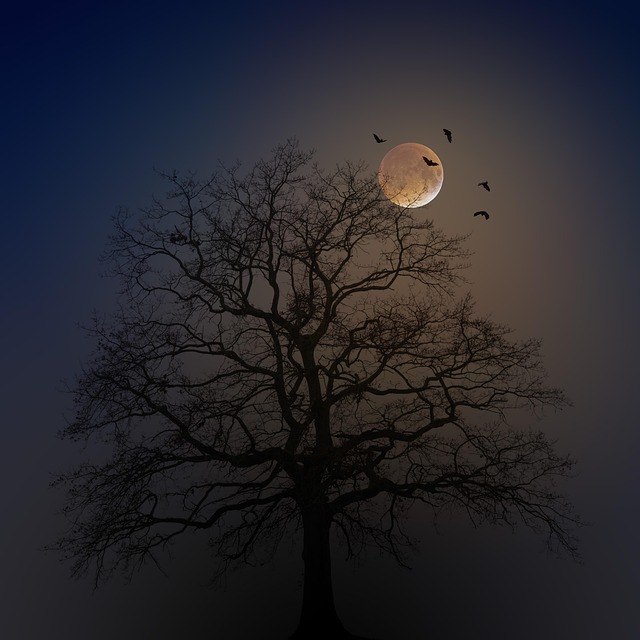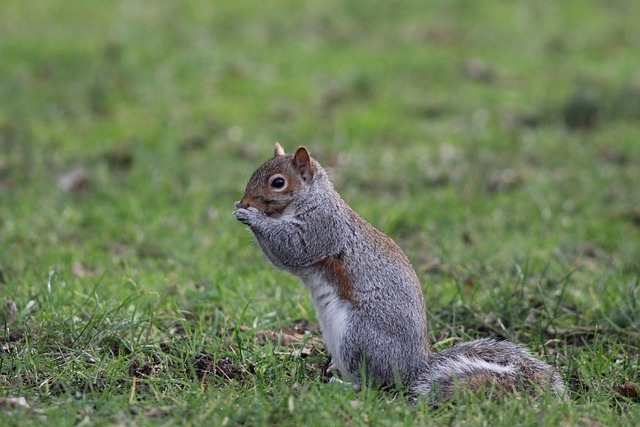
Carnivorous Bats
Introduction to Carnivorous Bats
Carnivorous bats are fascinating creatures that often spark curiosity and intrigue. Among the various bat species, these unique mammals stand out due to their distinctive feeding habits. While many people associate bats with fruit or insects, some species have evolved to hunt and consume other animals. In this article, we’ll explore the world of carnivorous bats, focusing on the remarkable spectral bat, the largest carnivorous bat in the New World.
The Spectral Bat: A Closer Look
The spectral bat (Vampyrum spectrum), also known as the great false vampire bat, is a remarkable example of a carnivorous bat. Found in regions of Mexico, Central America, and South America, this bat is the only member of its genus and is known for its impressive size. With a wingspan ranging from 0.7 to 1.0 meters (2.3 to 3.3 feet), it holds the title of the largest bat species in the New World.
Physical Characteristics
The spectral bat possesses a robust skull and strong teeth, allowing it to deliver a powerful bite to its prey. Its diet primarily consists of small vertebrates, including birds and rodents. This bat's physical adaptations are perfectly suited for its predatory lifestyle, making it an efficient hunter in its natural habitat.
Feeding Habits
As part of the subfamily Phyllostominae, the spectral bat showcases a diverse range of feeding strategies. While it is primarily carnivorous, some members of this subfamily exhibit mixed diets, including insects and fruits. The spectral bat, however, relies heavily on its hunting skills to capture live prey. This predatory behavior is a fascinating aspect of its lifestyle, setting it apart from many other bat species.
Habitat and Distribution
The spectral bat thrives in tropical and subtropical forests, where it can find ample food sources. Its distribution across Mexico, Central America, and South America highlights its adaptability to various environments. These bats often roost in tree hollows or caves, providing them with safe spaces to rest during the day.
Conservation Status
While the spectral bat is not currently listed as endangered, habitat loss due to deforestation poses a potential threat to its population. Conservation efforts aimed at preserving its natural habitat are essential for ensuring the survival of this unique species. Protecting the ecosystems in which these bats thrive is crucial for maintaining biodiversity and the health of our planet.
Conclusion
Carnivorous bats, particularly the spectral bat, offer a unique glimpse into the diverse world of bats. Their specialized adaptations for hunting and their role in the ecosystem highlight the importance of understanding and protecting these fascinating creatures. As we learn more about their behaviors and habitats, we can appreciate the vital role they play in maintaining the balance of nature. 🌍

















 Winter Care Dove Body Wash: Your Skin's Best Buddy
Winter Care Dove Body Wash: Your Skin's Best Buddy 
 Health
Health  Fitness
Fitness  Lifestyle
Lifestyle  Tech
Tech  Travel
Travel  Food
Food  Education
Education  Parenting
Parenting  Career & Work
Career & Work  Hobbies
Hobbies  Wellness
Wellness  Beauty
Beauty  Cars
Cars  Art
Art  Science
Science  Culture
Culture  Books
Books  Music
Music  Movies
Movies  Gaming
Gaming  Sports
Sports  Nature
Nature  Home & Garden
Home & Garden  Business & Finance
Business & Finance  Relationships
Relationships  Pets
Pets  Shopping
Shopping  Mindset & Inspiration
Mindset & Inspiration  Environment
Environment  Gadgets
Gadgets  Politics
Politics 